Beijing has been the capital of China for centuries, so its food has absorbed all kinds of cooking traditions from across the country. Based on China’s northern cuisine, Beijing cuisine consists of local dishes, halal dishes dominated by beef and lamb, as well as the Chinese imperial cuisines originating from the “Emperor’s Kitchen”, which were cooked only for the royal family inside the Forbidden City in ancient time.
1. Peking Duck

Peking Duck is a world-renowned Beijing food that originated over 1500 years ago. It is high-quality duck meat with crisp skin roasted using fruit tree coal in a closed or open oven. It looks reddish and is usually served with pancakes.
Beijingers eat Peking Duck in three ways:
- Served the crispy duck skin with sugar as a dip;
- Pancakes rolled around duck meat, with sweet thick sauce, scallions, cucumber, and pickled radish;
- Pancakes rolled around duck meat, with sweet thick sauce, mashed garlic, cucumber, and pickled radish.
Where to Get It?
Bianyifang Roast Duck (便宜坊烤鸭店)
- Address: No.65-77 Xianyukou Street, Qianmen Dajie, Dongcheng District, Beijing
- Address in Chinese: 前门大街鲜鱼口65-77号
- Price: CNY134/person (for an entire meal)
Beijing Dadong Roast Duck (北京大董烤鸭店)
- Address: F5 Jinbao Palace, No.88 Jinbao Street, Dongcheng District, Beijing
- Address in Chinese: 金宝街88号金宝汇5楼
- Price: CNY392/person (for an entire meal)
Peking Chamber (四季民福烤鸭店)
- Address: No.58 Gongti East Road, Chaoyang District (close to the east gate of Beijing Workers’ Stadium)
- Address in Chinese: 朝阳区工体东路58号(北京工人体育场东门)
- Price: CNY168/person (for an entire meal)
2. Dumplings
 Dumplings are a must-eat Chinese New Year food for Beijing people.
Dumplings are a must-eat Chinese New Year food for Beijing people.
Dumplings (jiaozi 饺子 in Chinese) are a popular and essential food in Northern China. There are all kinds of fillings but the top three for Beijingers are chive egg dumplings, anise pork dumplings, and celery pork dumplings.
Dumplings are often dipped in a small bowl with a mixture of vinegar and soy sauce, several drops of chili oil are sometimes added, before being eaten. They can be found anywhere in Beijing.
Where to Get It?
Xian Lao Man (馅老满)
- Address: No.252 Andingmen Inner Avenue, Dongcheng District
- Address in Chinese: 安定门内大街252号
- Price: CNY53/person
Bao Yuan Dumpling House (宝源饺子屋)
- Address: No.6 Maizidian Street, Chaoyang District, Beijing
- Address in Chinese: 北京朝阳区麦子店街6号楼
- Price: CNY70/person
3. Moo Shu Pork
 Moo Shu Pork
Moo Shu Pork
Moo Shu Pork (木须肉) is a dish consisting of sliced pork, cucumber, scrambled eggs, and black fungus. The scrambled eggs are yellow and crumbling and look like Osmanthus, while Osmanthus sounds like “moo shu” in Beijing dialect, thus the name “Moo Shu Pork”. It originated in Shandong and earned a reputation in Beijing.
Moo Shu Pork appears on almost every menu at Chinese restaurants in the US and has been one of the most famous dishes of American Chinese Cuisine. You might have eaten Moo Shu Pork in your country before, but you’ve got to try the original Beijing-style one.
Where to Get It?
Dongsiminfang Restaurant (东四民芳餐厅)
- Address: No.79-2 Chaoyangmen Inner Avenue, Dongcheng District
- Address in Chinese: 朝阳门内大街79-2号
- Price: CNY93/person (for an entire meal)
4. Mongolian Hotpot (Instant-Boiled Mutton)
 Beijing-style mutton hotpot
Beijing-style mutton hotpot
Mongolian Hotpot (涮羊肉) is a traditional Beijing-style hotpot dating back to the 13th century. The fresh lamb is instant-boiled in a bronze pot with burning charcoal underneath heats the water up. The base is clear soup and thanks to the side sesame-based dipping sauce, the lamb maintains its original flavor and tastes awesome as well.
Legend has it that during an army expedition, the chef came up with a quick way to prepare food for Kublai Khan and the army. He killed a lamb and cut it into thin slices. He boiled the mutton in clear soup and served it with sesame sauce as a dip. This simple but tasty dish nourished the troops and boosted their morale. Kublai Khan was pleased and gave the new dish the name “Instant-Boiled Mutton”.
Where to Get It?
Dong Lai Shun Muslim Restaurant (东来顺饭庄)
- Address: No.198 Wangfujing Avenue, Dongcheng District
- Address in Chinese: 北京王府井大街198号
- Price: CNY148/person (for an entire meal)
Jubaoyuan Hot Pot (聚宝源火锅城)
- Address: No.5-2 Niujie Street, Xicheng District
- Address in Chinese: 北京西城区牛街5-2号
- Price: CNY117/person (for an entire meal)
5. Zha Jiang Mian (Soybean Paste Noodles)
 Zha Jiang Mian (Soybean Paste Noodles)
Zha Jiang Mian (Soybean Paste Noodles)
Zha Jiang Mian (炸酱面) is a traditional staple in Beijing, Tianjin, and Hebei province. It consists of noodles topped with fried sauce and strips of veggies like cucumber, carrot, and sprouted beans. Mian means “noodles” in Chinese, and Zha Jiang is the fried sauce, which is made by simmering stir-friend minced pork with salty and thick fermented soybean paste, thus the name “Zha Jiang Mian”.
Where to Get It?
69 Fangzhuanchang Hutong Noodles (方砖厂69号炸酱面)
- Address: No.1 Fangzhuanchang Hutong, Dongcheng District
- Address in Chinese: 方砖厂胡同1号
- Price: CNY20 for one bowl of Zha Jiang Mian
Old Beijing Zhajiangmian King (老北京炸酱面大王)
- Address: No.56 Dongxinglong Street, Dongcheng District
- Address in Chinese: 东兴隆街56号
- Price: CNY54/person (for an entire meal)
Hai Wan Ju (海碗居北京菜)
- Address: Room 610 F6 Wangfujing Department Store, No. 253 Wangfujing Avenue
- Address in Chinese: 王府井大街253号百货大楼北馆6层610室
- Price: CNY78/person (for an entire meal)
6. Donkey Burger
 Donkey Burger
Donkey Burger
Donkey Burger, Lürou Huoshao 驴肉火烧 in Chinese, is a local snack in North China. Lürou is donkey meat. Huoshao is a kind of baked pasta made of unleavened flour. It is cut down the middle and stuffed with juicy braised donkey meat, hence, the Donkey Burger. It is eaten like a sandwich, with a crisp outside and tenders inside.
Where to Get It?
Wang Pangzi Donkey Burger (王胖子驴肉火烧)
- Address: No. 76 Gulou West Avenue, Xicheng District
- Address in Chinese: 鼓楼西大街76号
- Price: CNY12 for one burger
7. Douzhi
 Douzhi
Douzhi
Love or hate it. Douzhi (豆汁) is local people’s favorite drink for breakfast, so it can be found at many food stalls in the morning in Beijing. It is a fermented juice made from ground mung beans, usually eaten with fried and crisp doughnuts, jiaoquaner (焦圈儿).
As a visitor, however, you might not get any pleasure from Douzhi because it is notorious for being sour and stinky!
Where to Get It?
Lao Ciqikou Douzhier Shop (老磁器口豆汁店)
- Address: Across the street from the north gate of the Temple of Heaven, Dongcheng District, Beijing
- Address in Chinese: 天坛公园北门对面
- Price: CNY19/person (for an entire breakfast)
Huguosi Hutong Snack Street (护国寺小吃街)
- Address: Huguosi Street, Xicheng District, Beijing
- Address in Chinese: 护国寺小吃街
- Price: CNY100 for snacks that feed three
8. Jing Jiang Rou Si
 Jing Jiang Rou Si
Jing Jiang Rou Si
Jing Jiang Rou Si (京酱肉丝), literally sautéed shredded pork in sweet bean sauce is one of the popular Beijing cuisines. It is said that in the 1930s, an old man lived with his grandson and made a living making and selling tofu. The Spring Festival was coming but they were too poor to afford a Peking Duck.
The grandpa sliced the lean pork and sautéed it with soybean paste. He didn’t have pancakes so he used tofu skin to roll up the meat and scallions- which was eaten just the same way as Peking Duck. His grandson loved this “Peking Duck” very much.
When the grandson grew up and became a chef at Quanjude Roast Duck Restaurant, he could eat the real Peking Duck at any time but he couldn’t help missing the grandpa-style “Peking Duck”. So, he learned from his grandpa and turned this unique dish into today’s Jing Jiang Rou Si.
Where to Get It?
Da Wan Ju (大碗居)
- Address: No.55-1 Tiantan Road, Dongcheng District, Beijing
- Address in Chinese: 北京东城区天坛路55-1号
- Price: CNY98/person
Dongsiminfang Restaurant (东四民芳餐厅)
- Address: No.79-2 Chaoyangmen Inner Avenue, Dongcheng District
- Address in Chinese: 朝阳门内大街79-2号
- Price: CNY93/person (for an entire meal)
Source: chinatravel.com

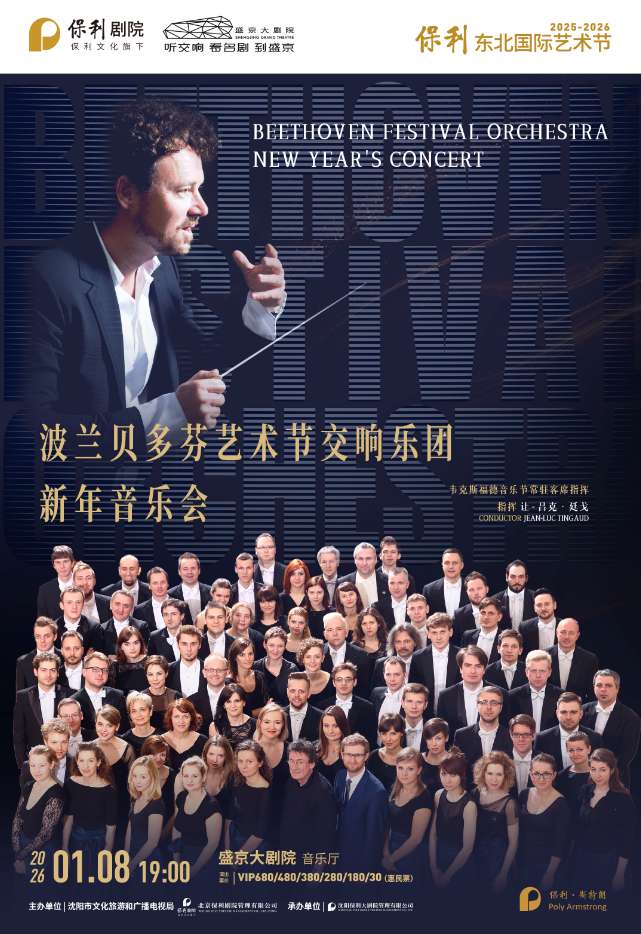

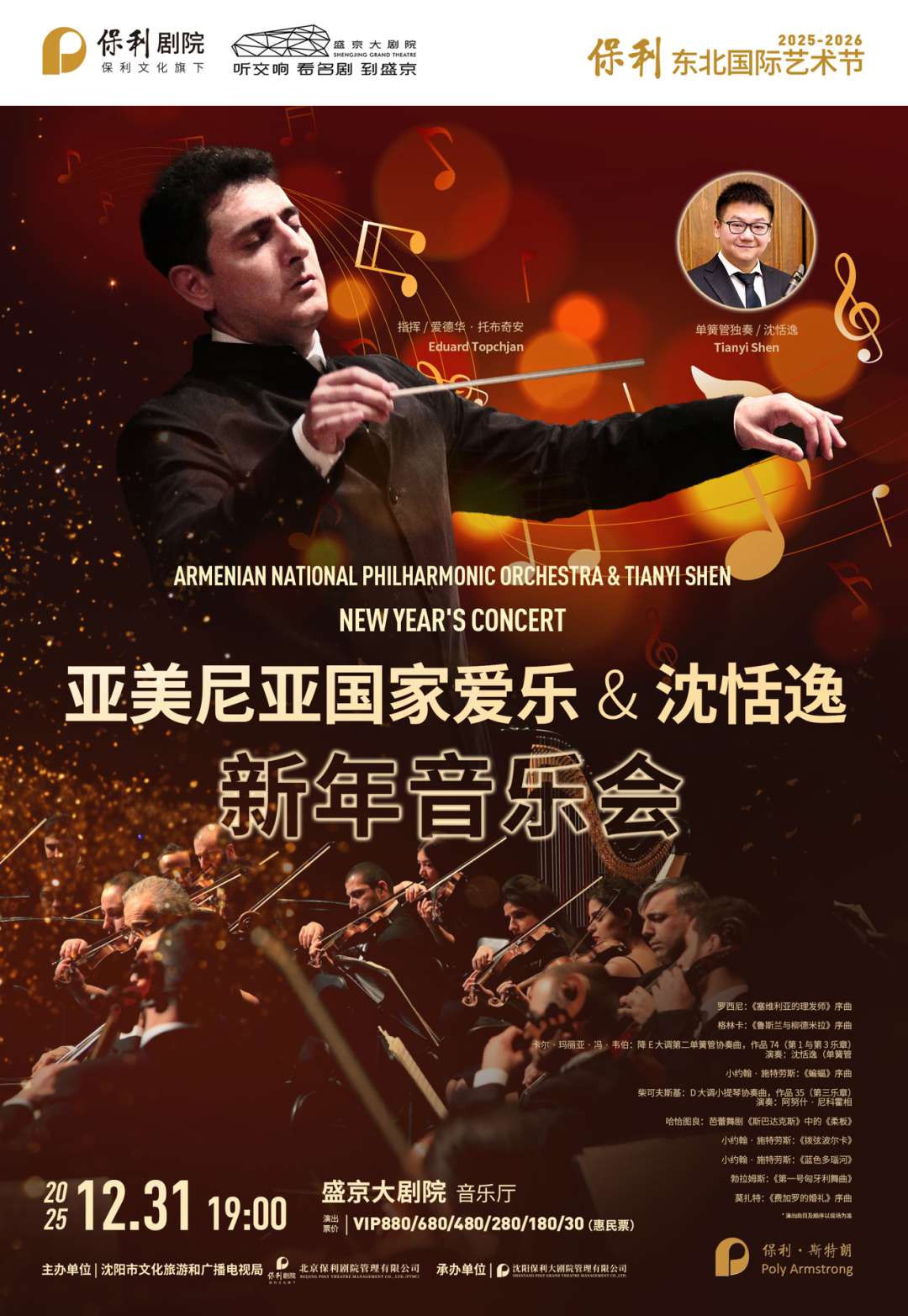

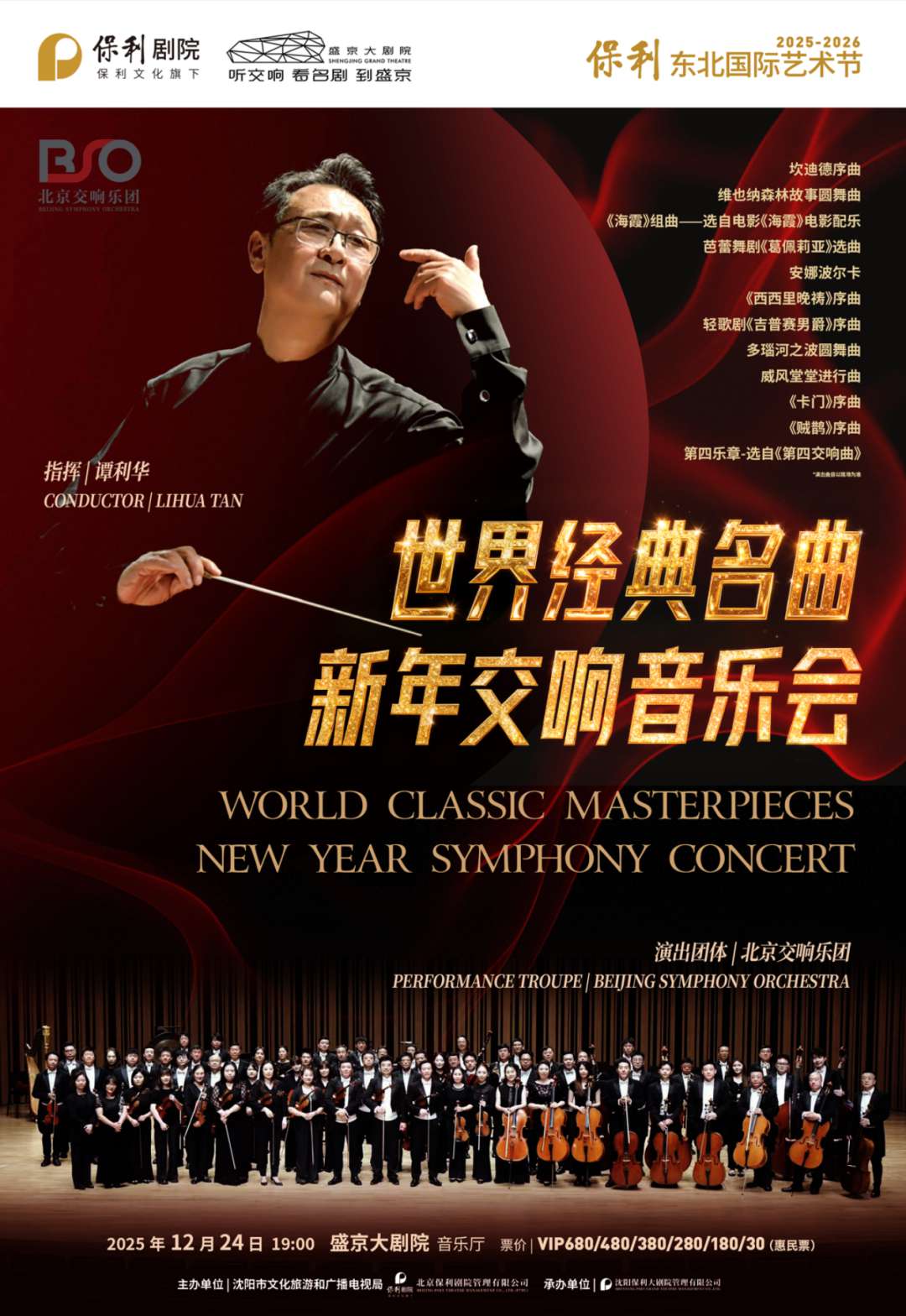


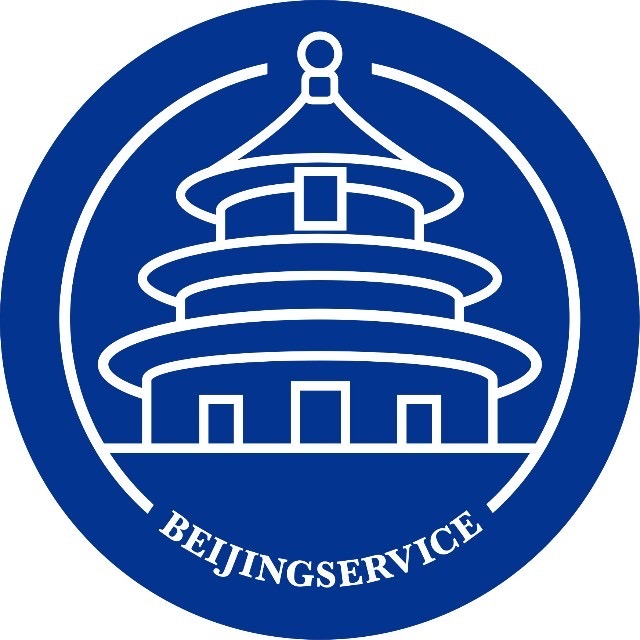






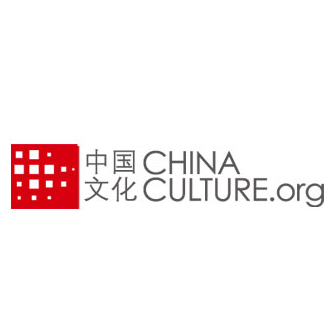
 京公网安备
京公网安备